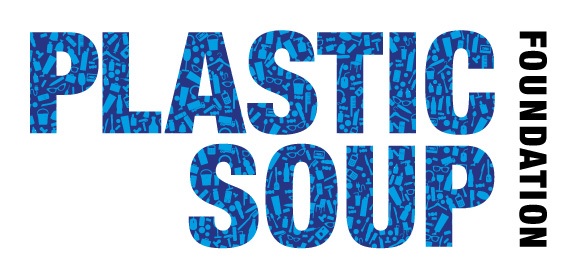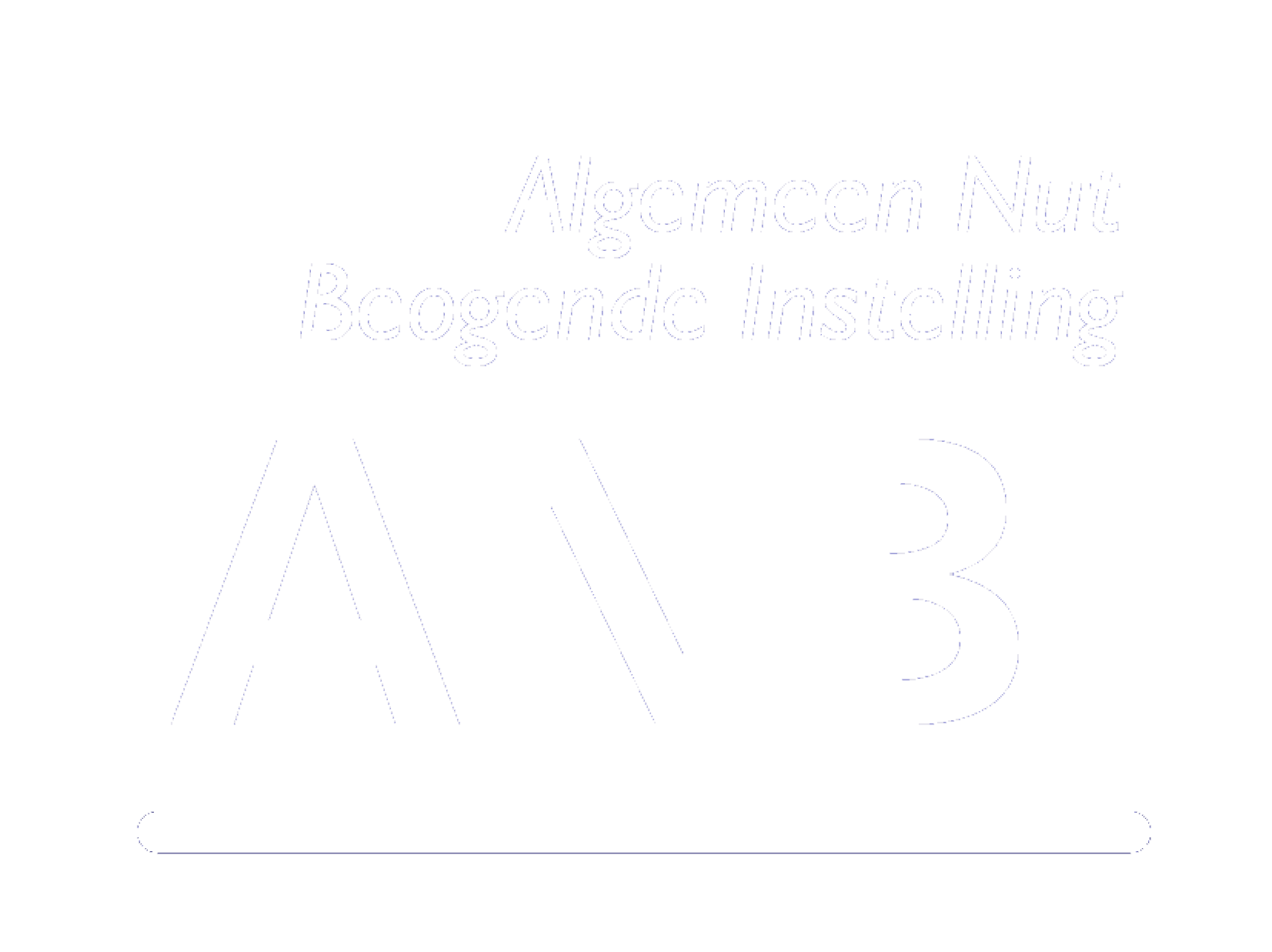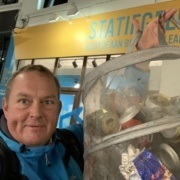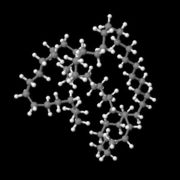Amsterdam, October 16th, 2019 – The much-praised method of lifecycle analysis (LCA) is regularly misused in the discussion surrounding plastic pollution. As a result, this widely used methodology to determine the environmental impact of products encourages the growth of plastic pollution, also known as the plastic soup. LCA does take into account the environmental impact of all life phases of a product, but unfortunately, it does not consider the damage that products cause when they end up in the environment.
A clash between theory and practice
The LCA is based on approximately 18 criteria: issues such as energy, material and water use, and climate impact are considered. These criteria are calculated from the entire lifecycle of a product — from the extraction of raw materials up to and including end-of-life (waste) processing. The idea behind the methodology is that it makes it easier to compare different products, materials, and production methods. The LCA is based on a controlled process, one which maintains the assumption that all products are collected, recycled, and reused in the end-of-life phase. The reality, however, is not that simple; plastic in the waste phase has little value, and recycling is complex. As a result, 79% of plastic worldwide ends up in landfills or the environment, as calculated by American scientists. The existence of plastic soup in our oceans is the obvious example of how this kind of negligence causes tangible damage. It is convenient for the plastic industry that the LCA method does not take the last phase of a product’s life into account. This is how plastic always manages to shine through as the most environmentally-friendly option for producers.
Plastic Truth vs Plastic Fable
The Dutch plastic industry recently launched the Plastic Truth versus Plastic Fable campaign. It concerns eight so-called market fables. The third declares that “all bags are more environmentally friendly than plastic bags”. Conversely, the following statement is put forward as a fact: “plastic bags are more environmentally friendly than other bags”. The LCA methodology forms the basis for this statement, but it does not take the leaching of plastic into the environment into account. In the environment, the plastic bag is far more harmful than the paper bag because plastic does not decay naturally.
Hard-to-measure criteria
The constant flow of plastic that ends up in the ocean every day is not taken into account in the LCA methodology. That can be explained; unlike issues such as energy, water, and material use, which can be measured during the production process, “plastic loss” is not easy to express in figures. For example, it is known that animals die because of plastic. But how can this be quantified? And what are the chances that one plastic bag left in the environment might result in the death of an animal? That’s not the only measurement problem — plastic crumbles into smaller and smaller pieces that enter the food chain, resulting in unknown effects on our health. But how should this be quantified both now and in the future?
Stop the abuse of lifecycle analysis to promote single-use plastic
Whenever single-use products are compared to each other using LCAs, the plastic option usually comes out on top. Despite this, we know that single-use plastic (SUP) is the largest contributor to the plastic soup. Industry must, therefore, stop using the current LCA method for promoting single-use packaging plastic in particular. In the meantime, a legitimate supplementary criterion that takes into account the impact plastic has once it inevitably reaches the environment should be agreed upon.
